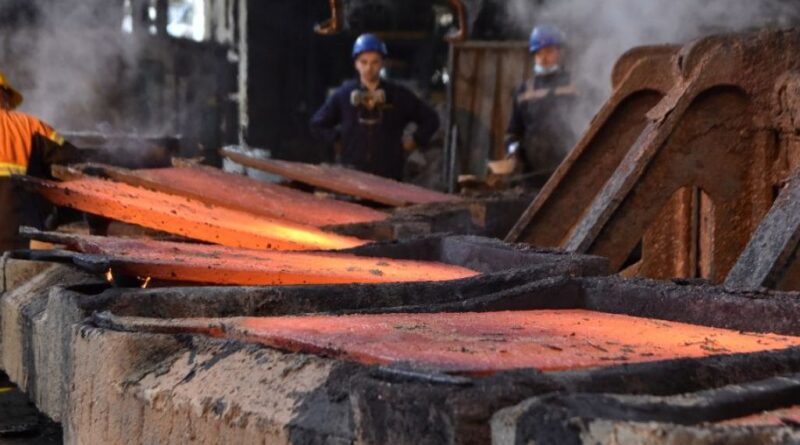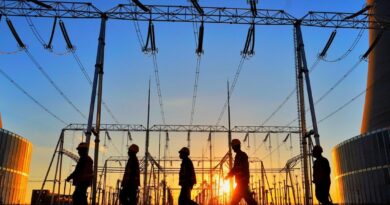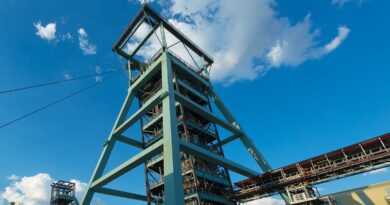Copper demand is surging, but metal smelting is harmful to environment
Demand for copper is surging. The red metal, considered a barometer for economic health, is a vital component for the construction and defense industries as well as a key ingredient in electric cars, wind turbines and the power grid. Offshore wind, for example, requires about “three times as much copper as does coal-fired power generation in terms of tons per gigawatt of capacity.” But mining companies are having a hard time keeping up. Globally, existing mines and projects under construction will meet only 80% of copper needs by 2030. To keep up with demand the industry is faced with a number of obstacles. including the shortage of mining workers, navigating regulatory hurdles as well as pushback from local stakeholders. So what impact will the looming global copper shortage have on the transition to renewable energy sources? To look at the challenges facing copper producers, CNBC got a behind the scenes look at Rio Tinto’s Kennecott mining operation outside of Salt Lake City where about 200,000 metric tons of copper are produced annually.
As Chile is the world’s largest producer of copper, it is not surprising that three of the world’s ten largest copper mines based on capacity are located there. At the top of the list is the Escondida mine, located in the Atacama Desert in Chile’s Antofagasta Region.
Copper smelting plants separate elemental copper from copper concentrates through multiple sulphide oxidizing stages. The considered smelting process includes a continuously functioning flash smelting furnace (FSF) and several Pierce-Smith converters operated in batches.
Automating scheduling provides advisory information to operators. Smelters present a challenging optimization problem where the harsh environment often prevents obtaining mineral information and measurement data, the data is highly uncertain or measurements are severely delayed. The degrading quality of available ores emphasizes the need for improved smelter plant operation.
Two reasons justify concentrating on converter operation. First, the main bottlenecks in smelter operation result from converter constraints. Secondly, converter operation strongly influences copper yield and loss.
Smelting begins from the mixing of a suitable concentrate mix consisting mainly of sulphides, e.g. Cu2S and FeS, with a copper content of 20-30 % to be fed to the FSF. The concentrate reacts with the oxygen-enriched air feed and separates to matte (~ 62-70 % Cu) and slag. The higher copper content in matte is, the higher the copper content in the slag. Matte and slag are removed intermittently from the FSF. Matte is moved to the converters and slag is processed further in the slag concentrate furnaces.
Copper smelters are notorious for emitting lead and other hazardous air pollutants, including arsenic, benzene, cadmium, and chromium, which pose severe health risks to nearby communities. Smelting releases large volumes of SO2, which can harm trees, crops, and buildings in contact with rain. Atmospheric precipitation leaches toxic substances from stored slag into groundwater.




